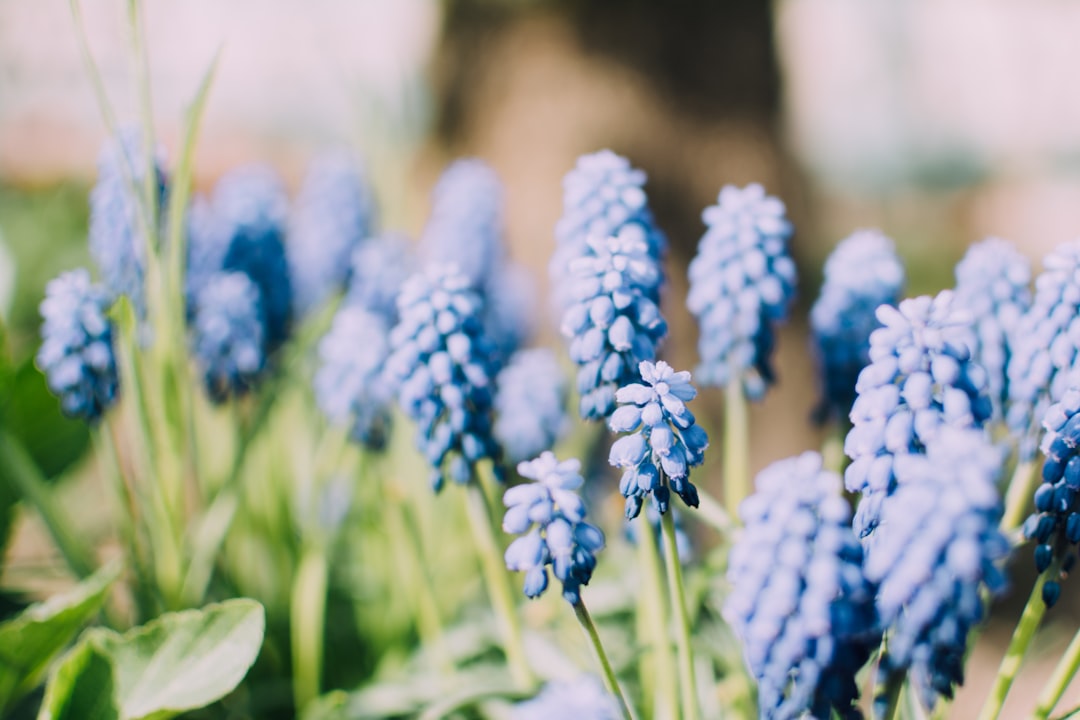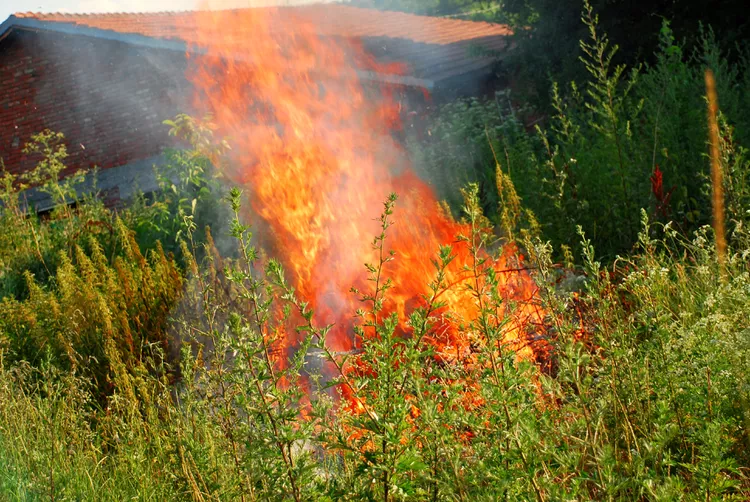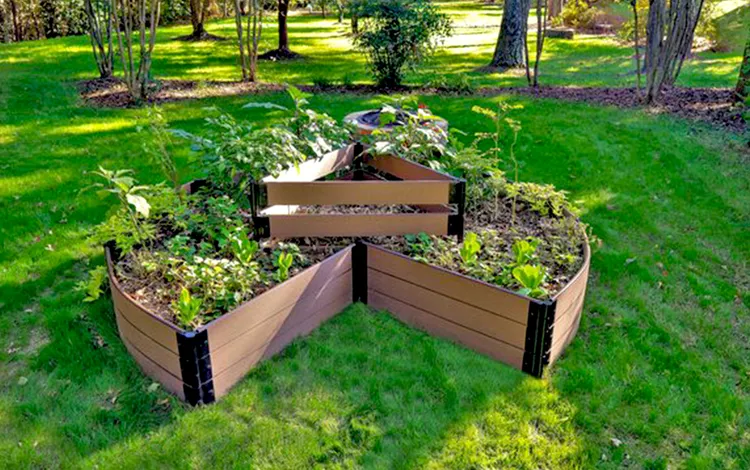When it comes to gardening, one of the most rewarding experiences is having shrubs that bloom not just once, but multiple times throughout the season. These reblooming shrubs can transform your garden into a vibrant and colorful oasis, providing a continuous display of beauty from spring to fall. However, to keep this show going all season long, it's crucial to give these shrubs the exact nutrients they need.
First and foremost, understanding the basic nutrient requirements of reblooming shrubs is essential. Just like any other living organism, shrubs need a balanced diet of macronutrients and micronutrients to thrive. Macronutrients such as nitrogen (N), phosphorus (P), and potassium (K) play vital roles in the growth and development of shrubs. Nitrogen is responsible for promoting lush, green foliage. It helps the shrub produce chlorophyll, which is essential for photosynthesis. Without enough nitrogen, the leaves may turn yellow and the growth of the shrub may be stunted.
Phosphorus, on the other hand, is crucial for root development, flower production, and overall plant health. It aids in the transfer of energy within the plant and is especially important for reblooming shrubs as it supports the formation of new flower buds. Potassium helps the shrub withstand stress, such as drought, disease, and cold temperatures. It also plays a role in regulating water movement within the plant and improving the quality of flowers and fruits.
In addition to these macronutrients, reblooming shrubs also require micronutrients like iron, manganese, zinc, and copper. These micronutrients are needed in smaller quantities but are equally important for the proper functioning of the plant. For example, iron is essential for the synthesis of chlorophyll, while manganese is involved in enzyme activation and photosynthesis.
Now that we understand the nutrient requirements, the next step is to choose the right fertilizer. There are many different types of fertilizers available on the market, each with its own unique formulation. For reblooming shrubs, a slow - release fertilizer is often a good choice. Slow - release fertilizers gradually release nutrients over time, providing a steady supply of food for the shrubs. This helps prevent over - fertilization, which can lead to excessive growth and weak plants.
When applying fertilizer, it's important to follow the instructions on the package carefully. Over - fertilizing can be just as harmful as under - fertilizing. Generally, it's best to apply fertilizer in early spring, just as the shrubs are starting to come out of dormancy. This gives them a boost of nutrients to support new growth and flower production. A second application can be made in mid - summer to encourage a second round of blooming.
Another important aspect of providing the right nutrients to reblooming shrubs is soil testing. Soil testing can provide valuable information about the nutrient content and pH level of your soil. Different shrubs have different soil pH preferences. For example, some shrubs prefer acidic soil, while others thrive in alkaline soil. By testing your soil, you can determine if any amendments are needed to adjust the pH level and ensure that the shrubs can access the nutrients they need.
Organic matter is also an important part of a healthy soil ecosystem for reblooming shrubs. Adding compost, well - rotted manure, or leaf mold to the soil can improve its structure, water - holding capacity, and nutrient content. Organic matter also provides a home for beneficial soil organisms, such as earthworms and bacteria, which help break down organic materials and make nutrients more available to the plants.
Proper watering is also closely related to nutrient uptake. Shrubs need consistent moisture to absorb nutrients effectively. However, over - watering can lead to waterlogged soil, which can suffocate the roots and prevent them from taking up nutrients. On the other hand, under - watering can cause the soil to dry out, making it difficult for the shrubs to access the nutrients. It's important to water deeply and infrequently, allowing the soil to dry out slightly between waterings.
In conclusion, keeping reblooming shrubs in top condition throughout the season requires a combination of understanding their nutrient requirements, choosing the right fertilizer, testing the soil, adding organic matter, and proper watering. By providing these shrubs with the exact nutrients they need, you can enjoy a continuous display of beautiful blooms from spring to fall, turning your garden into a true masterpiece.




















